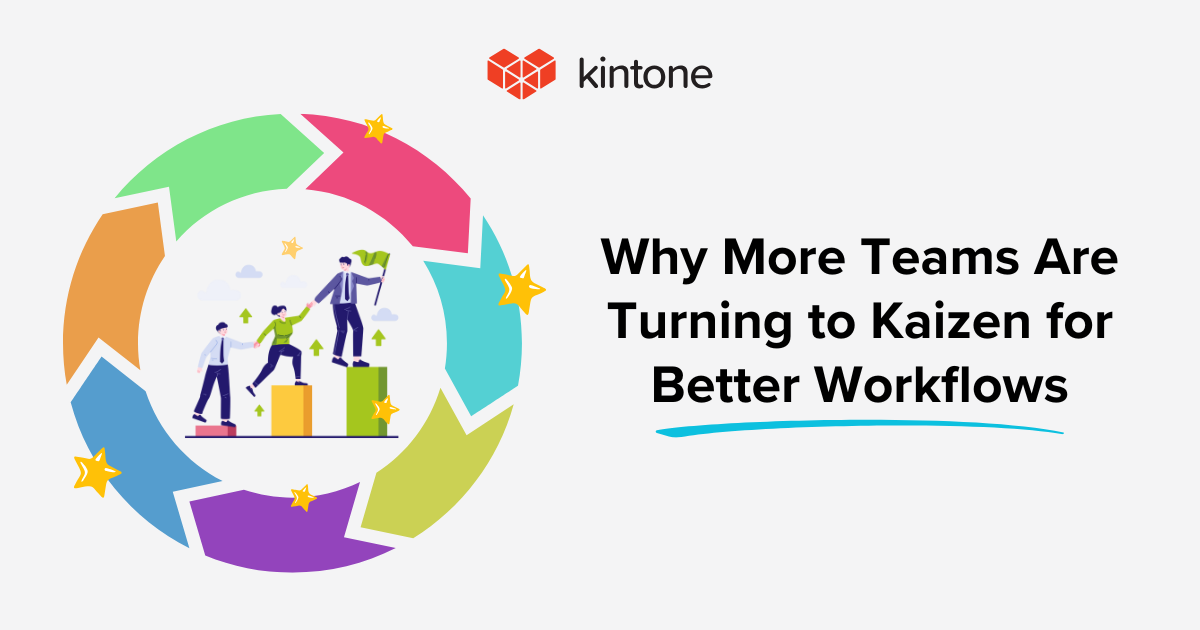As with everything else, the cloud is having a big effect on business process management (BPM). The software that was once hosted on local servers and required IT professionals on site can now be run on the cloud, using someone else’s servers and technicians at a much lower cost. Cloud technology tends to be more efficient, as well, because of the ease of coordinating information and applications that are already in the cloud, no matter where the individual workers may be situated.
This is not without its drawbacks, however. Since all the hardware and software is no longer completely internal to a given organization, efficiency can be lost if moving processes to the cloud causes redundancies due to processes being present on both the cloud and in the remaining local servers. There can be a challenge in aligning processes so everything remains consistent across the board, and your organization can take full advantage of the benefits cloud technology has to offer.
Making It Easier?
There’s no denying some of the new technology may have something of a learning curve, but once that curve is behind you, most find using the cloud to be a lot easier. For instance, it’s much easier to scale your services when you want to expand or change things for a smaller location somewhere.
RELATED: 4 Ways Traditional Software Fail Business Managers and Delay Digital Transformation
Cloud servers are also more likely to be reliable, since they’re often manned 24/7, and their reputations and business are on the line, should anything go wrong. Their vested interest in keeping everything running well for their clients will ensure you never have to let everything grind to a halt while you get someone in to fix the servers in the dead of night.
All of your employees and partners will likely have a Software as a Service (SaaS), which allows you to use an URL to access your BPM processes. All data management will be perfectly synchronized, even if your business is a world-wide enterprise, making sure everyone is always working together, and ensuring ease of access to those who need it, often even by smartphone.
Creating Transparency
Since everything is available for everyone else to see, having all your processes running on the cloud makes it that much easier to increase productivity. Each process will be streamlined, and no one will ever do the work that’s already been done by someone else, because every step will be documented, and any process that runs at intervals will be properly assigned, so the right person can implement it at the right time.
The constant recording of information also allows benefits older forms of BPM did not allow, or only allowed on a limited basis. You’ll not only be able to compare your information against historical information for one site, but for all your locations everywhere, no matter how widespread. You’ll be able to coordinate tasks between different departments and different sites with unprecedented ease.
Why Start with the Cloud?
You may be one of those who have never utilized BPM. So, why would you start with the cloud to begin with? One big reason is to save money. It costs a great deal less to subscribe to a cloud service than it does to buy all the hardware and software you’ll need on your own. Once you’ve acquired the cloud service that’s right for you, you can begin to test it for yourself and see how BPM can help you. Some companies have even been known to start in the cloud and then move everything on-site, though it’s more common for a company to go the other way.
READ MORE: Technology Didn't Change So Your Business Could Stay the Same
If you’ve already got BPM and you’re not entirely certain, you can implement a hybrid model, if you’re ready to do the work of streamlining and eliminating redundancies. The cloud is useful, but it isn’t perfect. Those who want the extra security may like to have on-site backups or facilities in addition to what they have situated in the cloud.
BPM in the Cloud
There are a number of major reasons to use the cloud for your BPM needs. You’ll be able to start your BPM services cheaper without having to deal with the usual IT difficulties, so you can focus on your business instead of the support you need to run it. Your staff and co-workers will be much better coordinated than they would otherwise. You can see that your specific BPM needs are not only provided, but modified and updated whenever you need it. And of course, it will be cheaper, because of the pay as you go subscription model.
ALSO: BPM Must-Haves, Predictions From Former Gartner VP Jim Sinur
For all these benefits, you still have to make a tough decision, because cloud-based BPM may not be for everyone. To be absolutely certain you’re going to acquire something that will help your organization instead of slow it down, it’s always a good idea to think about what you expect things to look like in the future to avoid creating transitional woes and logistical problems.
Want to learn more about BPM solutions?
G2 Crowd is one of the leading software review sites. Find out what are the top BPM solutions based on real user reviews in this Business Process Management (BPM) Software Grid Report.
About the Author
Laura O’Donnell writes smart content on behalf of the product development specialists at Pivot International (http://www.pivotint.com/blog") . Now she works also at Assignyourwriter.co.uk (https://assignyourwriter.co.uk/team/laura-odonnell/) as a content creator. As an avid writer and learner, she loves to use her skills for engaging others in important topics in creative and effective ways. When she is not working, she loves meeting new people, traveling, and bringing her Pinterest dreams to life. Find her on LinkedIn (http://www.linkedin.com/in/laurajodonnell) .











